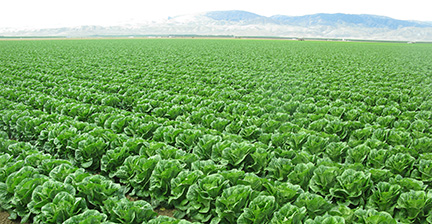News and Stories
Using Facts, Not Fear, to Make Healthy Food Choices

The U.S.-based Environmental Working Group (EWG) released their 2013 Shopper’s Guide to Pesticides in Produce on Tuesday, April 22, 2013. The “Dirty Dozen Plus/Clean Fifteen” is published annually by EWG as a result of the U.S. Department of Agriculture Pesticide Data Program (USDA PDP) report.
The “Dirty Dozen” claims high levels of pesticide residues remain on fruits and vegetables when purchased. However, the USDA PDP report also shows that the produce industry maintains pesticide residue levels well below the maximum allowed Environmental Protection Agency (EPA) standards. It’s important to understand that the list simply suggests there could be the presence of pesticides in trace amounts on some fruits and vegetables. In fact, there is no scientific evidence the amount of pesticides described on the list represents any health risk. Rather than promoting good public health, this list actually hinders the consumption of fruits and vegetables by causing fear in consumers.
Markon, its suppliers, and its distribution members are committed to establishing and following sustainable agricultural practices that minimize the negative impact on air quality, soil and water content, and water usage. Imperative to this pursuit is the establishment of specific and measurable procedures that make identifiable differences in environmental and human health.
Markon’s suppliers follow government standards that ensure the safe application of pesticides with a careful eye to tolerance levels, worker safety, and environmental sensitivity. We believe in using integrated pest management techniques and support the use of new technologies in management practices.
It’s important to remember that public health officials maintain that the benefits of eating fresh produce outweigh any risk that may be associated with pesticide residues. To further ensure any trace pesticide residues are reduced or eliminated prior to consumption, the USDA recommends rinsing whole fresh fruits and vegetables.
For more information on this topic, please see:
